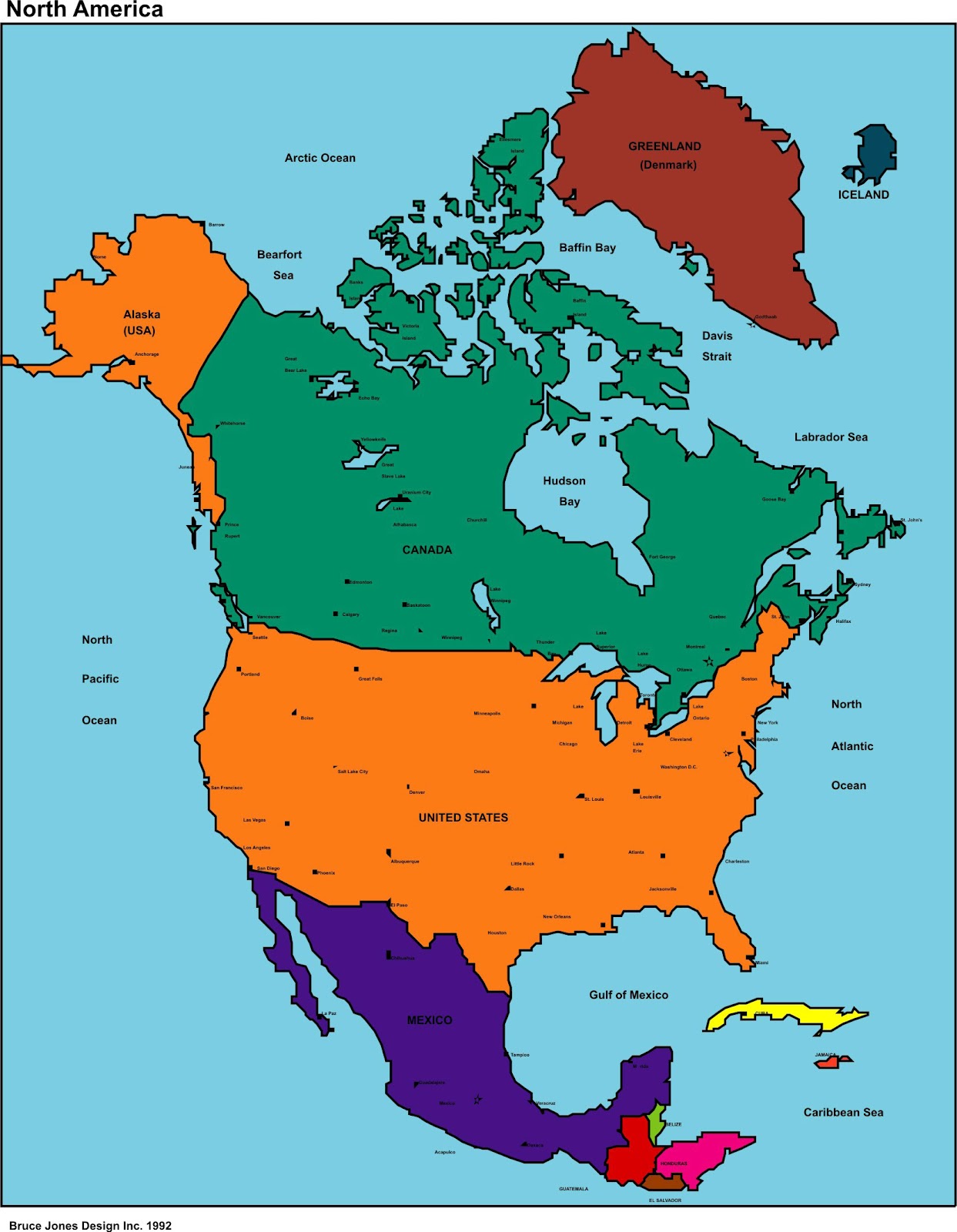The concept of a North America city map encompasses a plethora of visual tools that offer insights into urban geography, demographics, and infrastructure of cities across the continent. These maps serve various purposes, catering to different audiences, including travelers, researchers, urban planners, and environmentalists. In a world increasingly influenced by climate change, understanding urban layouts becomes critical, as cities are significant contributors to greenhouse gas emissions and are also vulnerable to environmental changes.
North America is home to a diverse array of cities, each with a distinct character and socioeconomic environment. A city map typically illustrates not just physical streets and highways but encapsulates the cultural and historical context of urban spaces. Overlaying demographic information, such as population density or economic activity, provides deeper insights into the dynamics of cities.
When exploring urban maps, one should first consider the different types available. Political maps highlight governmental jurisdictions, while physical maps focus on natural landforms and landscapes. One can find thematic maps, which present specific data such as climate zones, transportation systems, or biodiversity hotspots. Additionally, interactive digital maps and mobile applications have revolutionized the way individuals navigate urban environments; these tools offer real-time data on traffic patterns, public transportation updates, and pedestrian pathways.
For travelers, city maps are indispensable. They serve not only as guides to navigate through urban terrains but also facilitate exploration of local landmarks, restaurants, and entertainment venues. An array of tourism-focused maps, often adorned with icons or color-coded routes, simplifies the journey through vast metropolitan areas, making it easier for tourists to discover attractions while reducing reliance on automotive transport, thus lessening carbon footprints.
Research institutions often employ city maps to analyze urbanization trends. Researchers can utilize geographic information systems (GIS) to visualize spatial data, revealing the intricate relationships between urban growth, population shifts, and environmental resources. For instance, maps showing the expansion of urban boundaries over time can illustrate how cities have encroached upon sensitive ecosystems, shedding light on the urgent need for sustainable urban planning.
Urban planners rely heavily on these city maps to make informed decisions about zoning laws, infrastructure development, and land-use strategies. By integrating data from various thematic layers, planners can assess the impact of development on community resources and the environment. Maps illustrating green spaces, transportation networks, and housing densities empower planners to craft cities that promote environmental stewardship. Considerations of urban heat islands, flood-prone areas, and air pollution levels become essential in this regard, guiding the implementation of eco-friendly construction practices and sustainable resource management.
Environmental activists can extract enormous value from city maps to advocate for sustainability initiatives. By mapping areas most affected by industrial pollution or urban sprawl, activists can hone in on key regions requiring immediate environmental attention. Collaborative citizen mapping projects can also foster communities’ participation in climate action, generating visual representations of local challenges and facilitating grassroots movements aimed at reducing emissions and preserving green spaces.
Advancements in cartography, particularly the emergence of augmented and virtual reality technologies, open new avenues through which users can engage with city maps. These technologies allow for immersive explorations of urban areas, enabling users to visualize the effects of climate change on their neighborhoods. For instance, simulations depicting future sea-level rise or changes in biodiversity provide visual data that may catalyze community action against environmental degradation.
Moreover, city maps serve as crucial tools for disaster preparedness and response. Geographic information indicating high-risk zones for flooding, earthquakes, or wildfires can help municipalities devise emergency response strategies. Detailed maps portraying the locations of shelters, pathways for evacuation, and resources for residents can save lives in emergencies. Connecting urban infrastructure with environmental hazards fosters resilience, ensuring cities can withstand the onslaught of increasingly severe weather patterns fueled by climate change.
Urban sustainability is now a primary concern in city planning, and maps reflecting green infrastructure initiatives are increasingly prevalent. These maps may delineate locations of urban gardens, green roofs, and sustainable transportation routes. They illustrate strategies for reducing urban runoff, mitigating heat effects, and enhancing overall biodiversity within urban environments. Maps that integrate these dimensions can play a pivotal role in educating residents about their neighborhood’s environmental health, empowering local stakeholders to engage in sustainable practices.
As urban populations continue to swell, the demand for accessible and comprehensive city maps will only increase. Digital platforms offering user-generated content allow flexibility for constant updates and improved accuracy, making it easier to map rapid changes in urban landscapes. Citizen science initiatives, where locals contribute to mapping efforts and share findings, will play a crucial role in shaping the future of urban cartography.
In conclusion, the examination of North America city maps reveals their multifaceted significance, supporting diverse objectives ranging from tourism and research to urban planning and environmental advocacy. Each map offers a unique lens through which individuals and organizations can understand and interact with the fabric of urban life. Given the pressing challenges posed by climate change, harnessing the power of city maps becomes integral to fostering sustainable urban environments, ensuring that cities of the future thrive in harmony with both people and nature.
